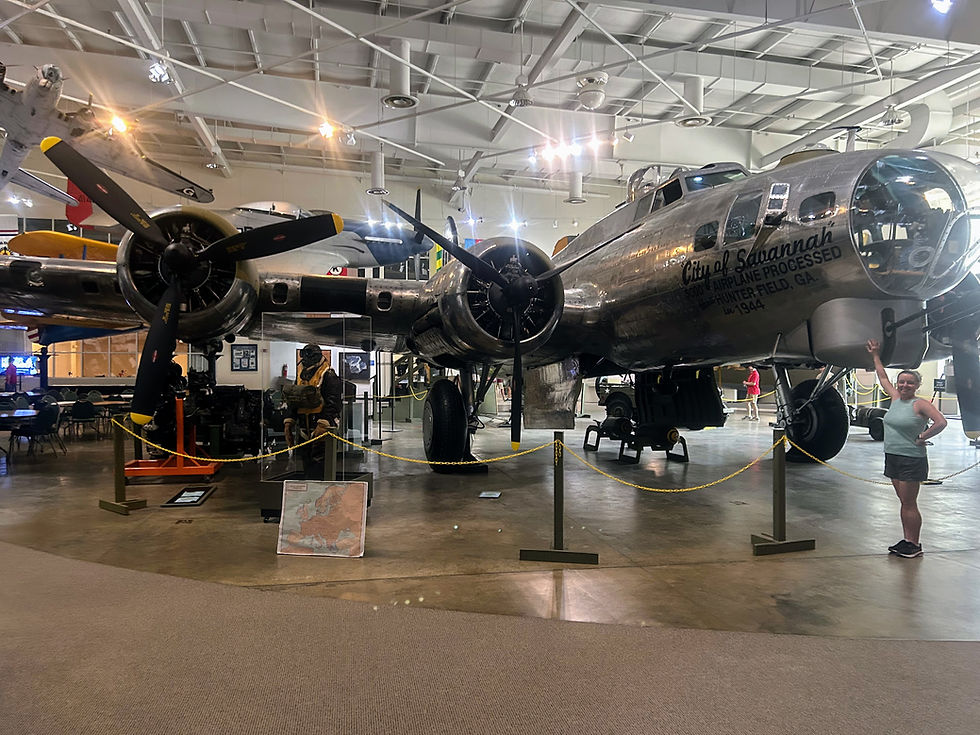When Old and Newer History Come Together: The Story Behind this Savannah Historical Marker
- Laci Barry Post
- Jul 30, 2024
- 2 min read

One of my favorite cities is Savannah, Georgia. As a history lover, that is no surprise, as the city has some of the oldest and most interesting history in the United States. It is also beautiful with wonderful art, food, and people. Fortunately, because of my husband’s work and my son’s soccer, we have been there many, many times.
On our last trip in June, I noticed a specific historical marker more than I previously had in the past. It is right by the river on the convention hall side. It is a marker for the S.S. James Oglethorpe and the Battle of the Atlantic. First, the name of the ship itself is immensely significant to Savannah history. James Oglethorpe was the founder of Savannah and Georgia. He landed in Savannah on February 1, 1733 to create a charity colony for England in the new world.

Fast forward now to 1942 during World War II. Long after Oglethorpe’s time in Georgia, the first Liberty ship built by the Southeastern Shipbuilding company in Savannah was named the S.S. James Oglethorpe in honor of the Georgia founder. The ship launched on November 20, 1942, but sadly was torpedoed not long after by a German U-boat on March 16, 1943, on voyage from New York to Liverpool. The ship was lost with 44 men from her 74-man crew.
The S.S. James Oglethorpe was the first of 88 Liberty ships built by the Southeastern Shipbuilding company. These Liberty Ships were of vital importance to the United States and Allied Powers in the Battle of the Atlantic, which was the fight over the Atlantic Ocean during the war between the Allied and Axis Powers. In total, the United States built nearly 27,000 Liberty Ships to help resupply Great Britain and the Soviet Union in their fight against Germany.
It is heart-warming to know the pivotal role Savannah played in World War II. When you are traveling, don’t overlook the historical markers. They have a story to tell!
“She sighed thinking of what her father had said and remembered Edwin’s description of the complete blackness of night on a ship, the never-ceasing sound of separating water, and the numbing, yet exhilarating feeling of not knowing where you are going or what you will find once you get there. Closing her eyes, she imagined the darkness he described and how it must feel to not be able to see what you are traveling toward. She tried never to think about the danger he might face in war, but just then, the unhappy thought struck her in the face. She wished he didn’t have to find out what lay ahead.”
Songbird, Chapter 39




Comments